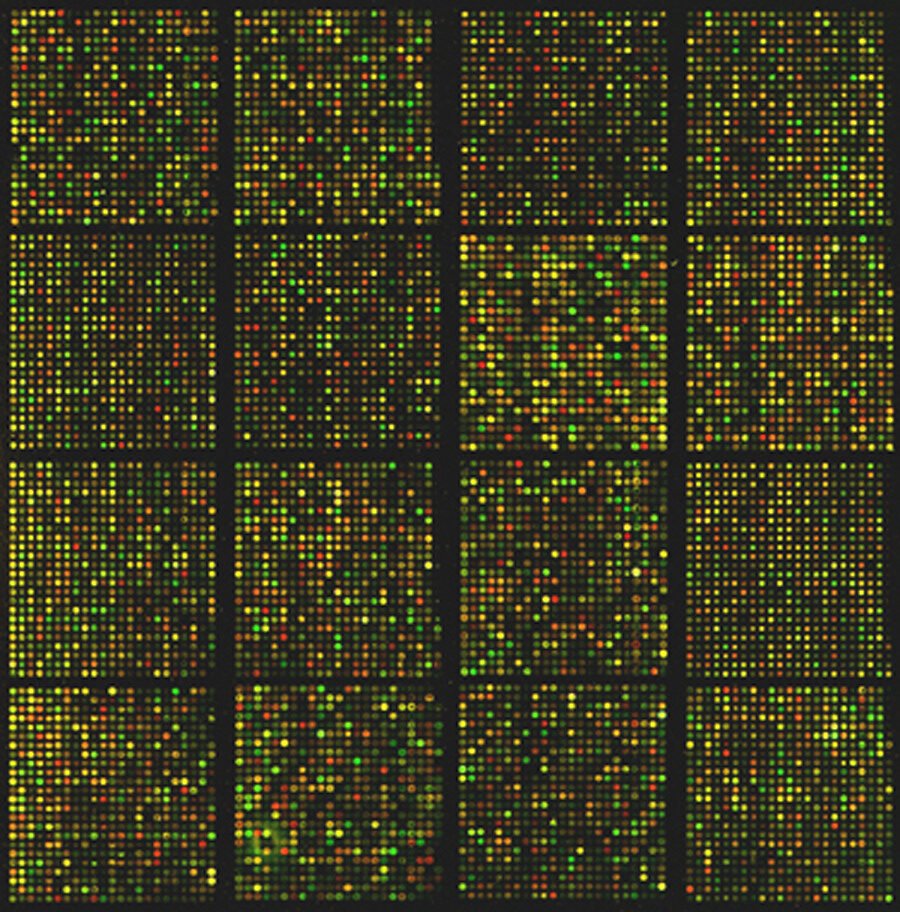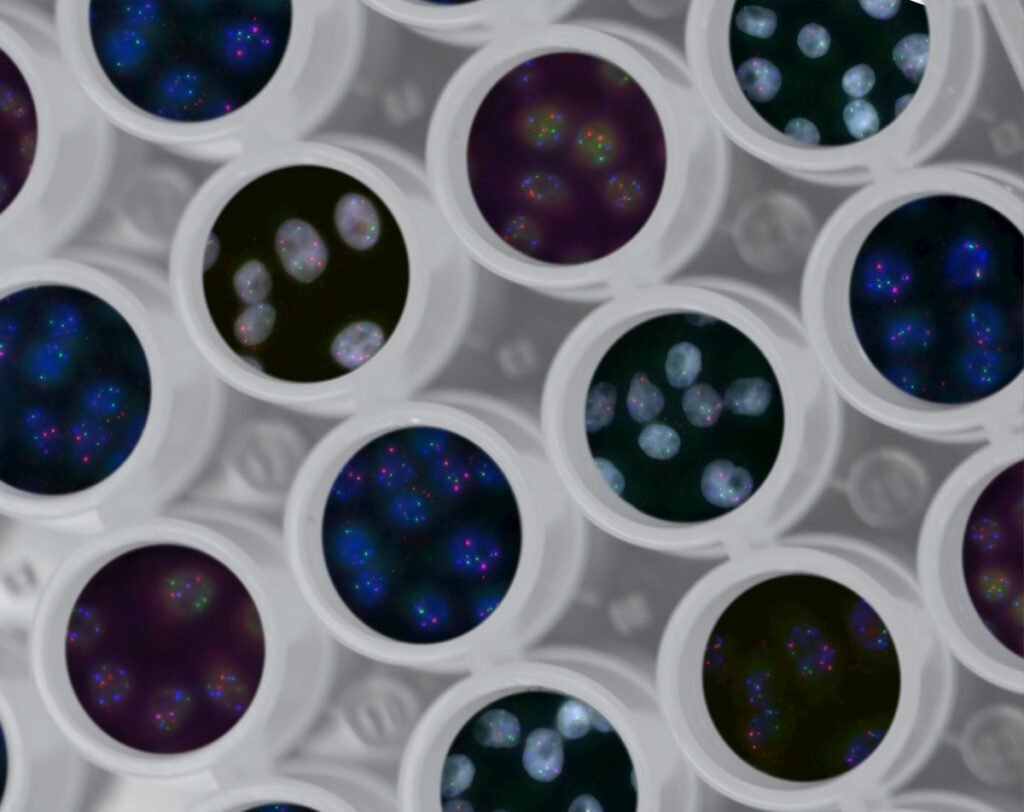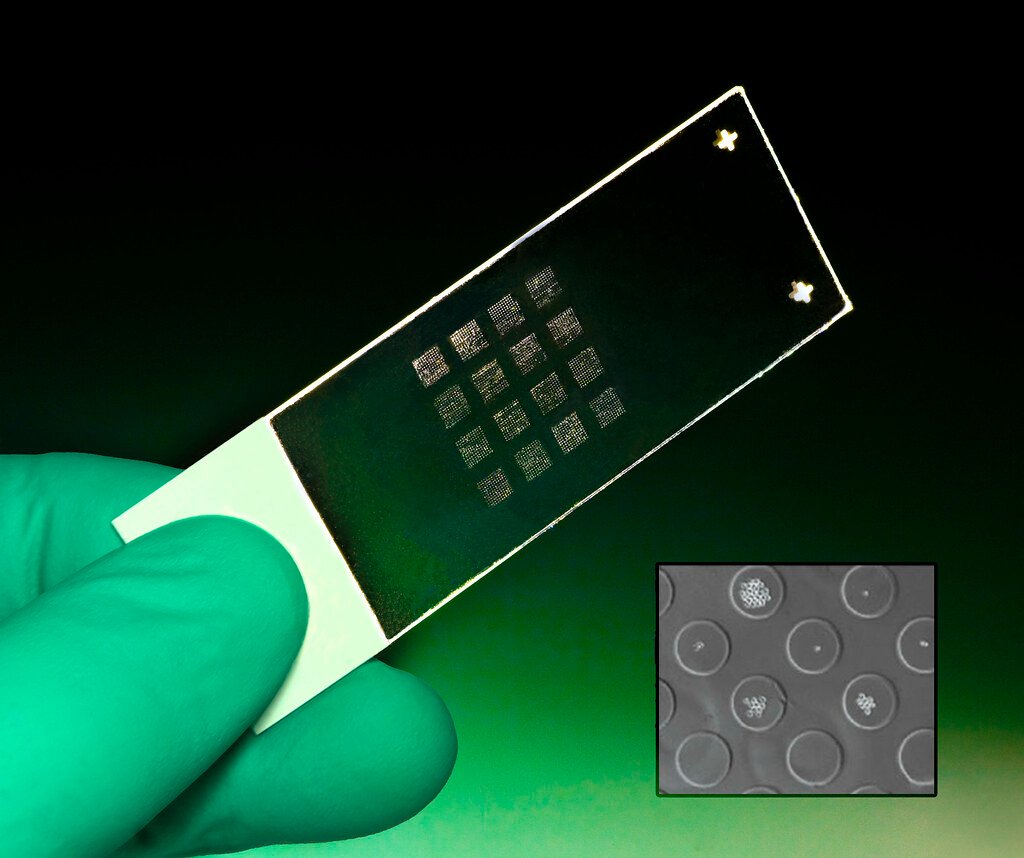Microarray technology has revolutionized the field of genetics, providing scientists with powerful tools to explore the intricate complexities of human genetics. This innovative technique allows for the simultaneous examination of thousands of genes, providing insights that were once unimaginable. As microarray technology continues to advance, it is paving the way for new discoveries and deeper understanding of genetic interactions and expressions.
What is Microarray Technology?

Microarray technology involves a collection of microscopic DNA spots attached to a solid surface, such as glass or silicon chips. Each spot contains a specific DNA sequence, known as a probe, capable of hybridizing with complementary DNA or RNA fragments from a sample. This interaction is then analyzed to determine gene expression levels, genetic variations, and more. The process is akin to creating a genetic overview, where thousands of genes can be observed simultaneously for different expression profiles.
Applications in Human Genetics

Microarrays have a broad range of applications in human genetics, from the identification of genetic disorders to the study of gene regulation. One of the most significant uses is in understanding the genomics of complex diseases such as cancer, diabetes, and heart disease. By analyzing the expression levels of multiple genes, researchers can detect patterns associated with these conditions, leading to better diagnostic, prognostic, and therapeutic strategies.
Unraveling Gene Expression and Regulation

Understanding gene expression and regulation is crucial for comprehending how genes contribute to health and disease. Microarray technology allows researchers to assess how genes are turned on or off in different cell types or in response to various conditions. This information is vital for unraveling the complexities of development, disease progression, and response to treatment, offering clues about molecular mechanisms underlying various pathologies.
Genetic Variation and Personalized Medicine

Another remarkable application of microarray technology is in the detection of genetic variations, such as single nucleotide polymorphisms (SNPs) and copy number variations (CNVs). These variations can affect an individual’s susceptibility to diseases and response to medications. By identifying specific genetic markers, microarrays contribute to the burgeoning field of personalized medicine, tailoring treatments to an individual’s genetic makeup for more effective and precise interventions.
Advancements and Future Directions

As technology continues to progress, microarrays are becoming more sophisticated and cost-effective, expanding their accessibility and utility in research and clinical settings. Emerging innovations, such as high-content microarrays and integration with next-generation sequencing, promise to further elevate the potential of microarrays in genetics. These advancements will enable more comprehensive analyses, facilitating the identification of new genetic pathways and interactions.
Challenges and Limitations

Despite its transformative impact, microarray technology faces certain challenges and limitations. Issues such as data interpretation complexity, potential for cross-hybridization, and limited sensitivity for low-expressed genes can affect outcomes. However, continued refinement of methodologies and analytical techniques is helping to address these challenges, making microarray analyses more robust and reliable.
Conclusion

Microarray technology stands as a cornerstone of modern genetic research, enabling unprecedented exploration into the intricacies of human genetics. By providing comprehensive insights into gene expression, regulation, and variation, microarrays are unveiling the complexities of genetic interactions and their implications in health and disease. As we continue to harness the power of this technology, our understanding of human genetics will deepen, driving innovations in diagnostics, treatment, and personalized medicine for better health outcomes.




